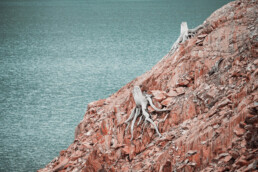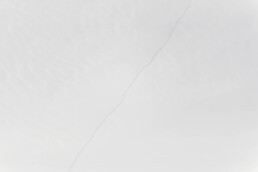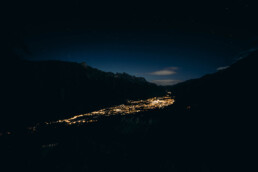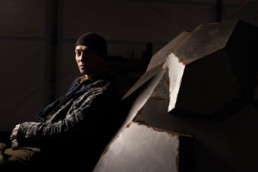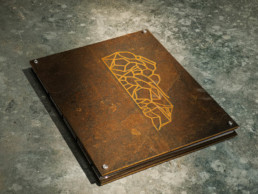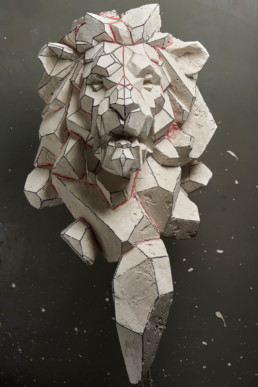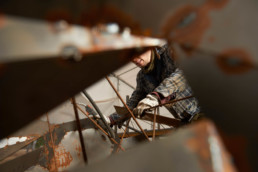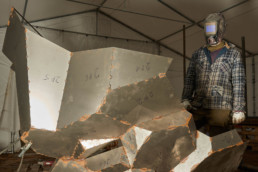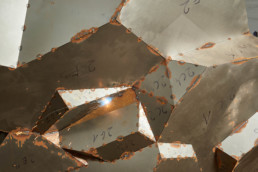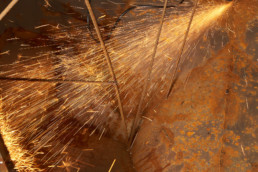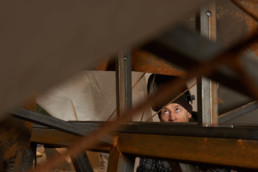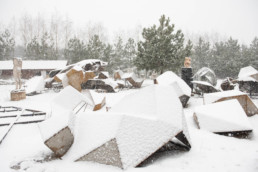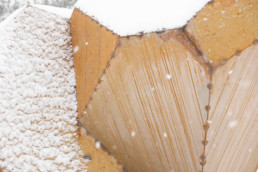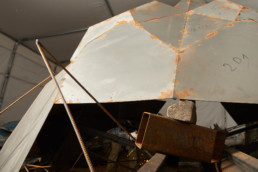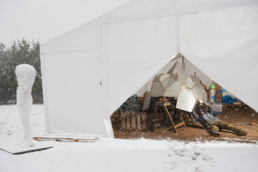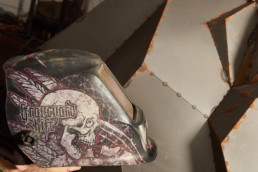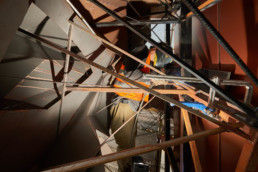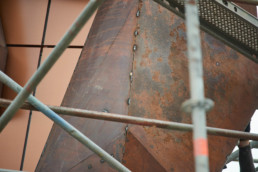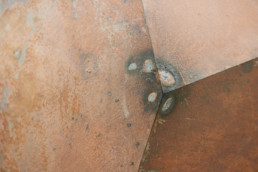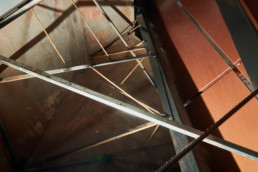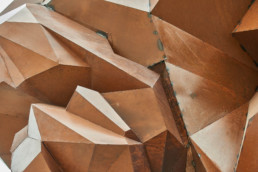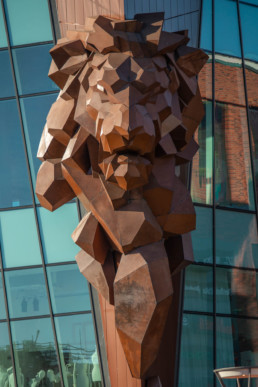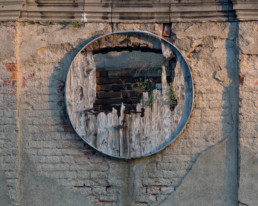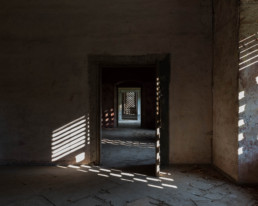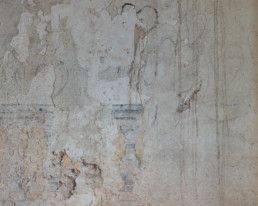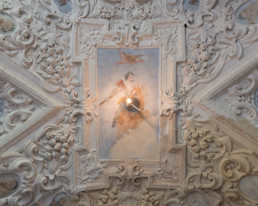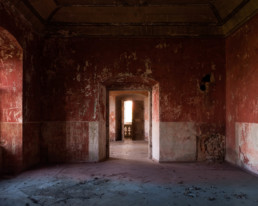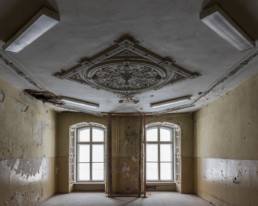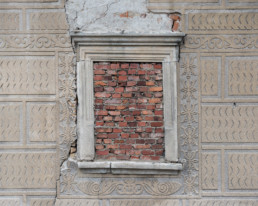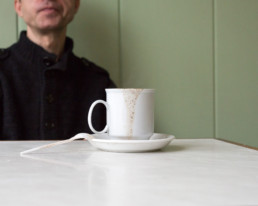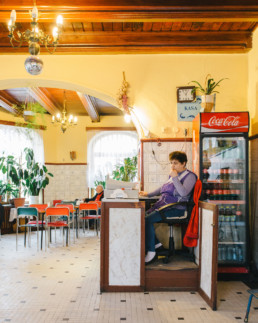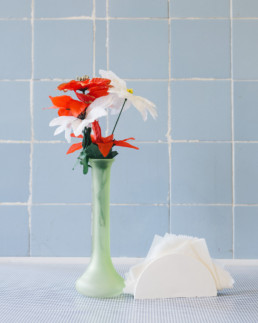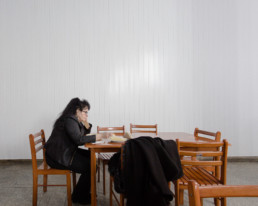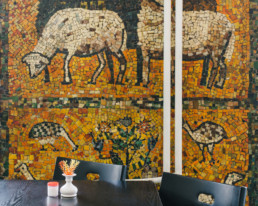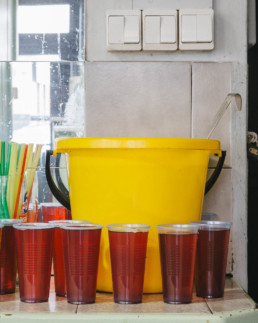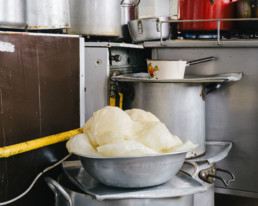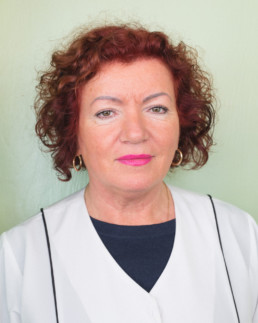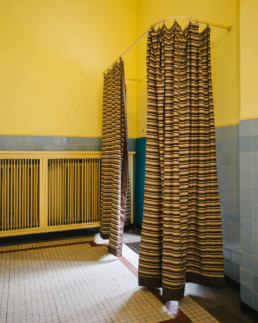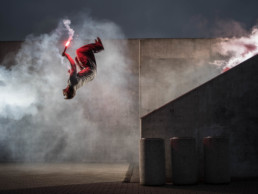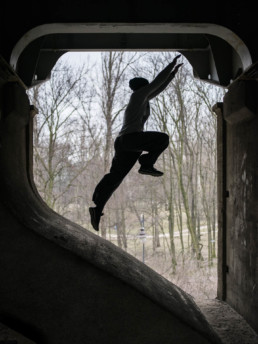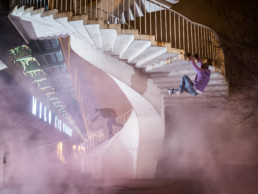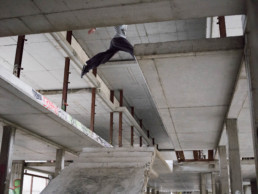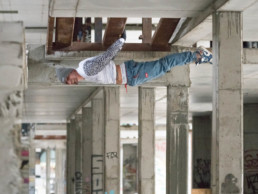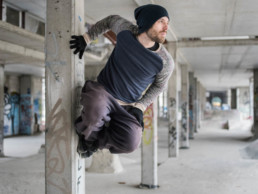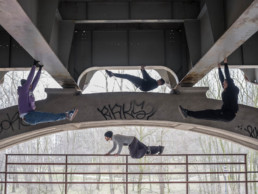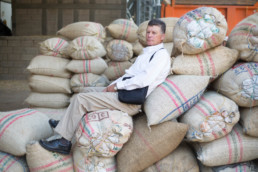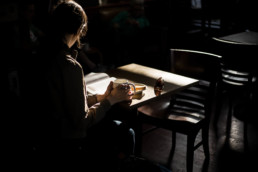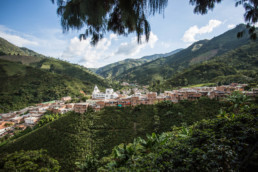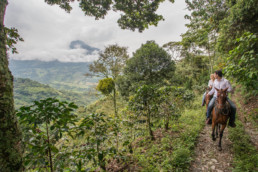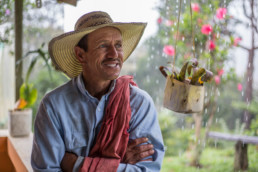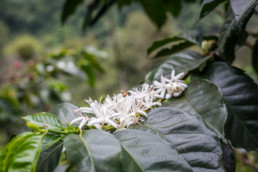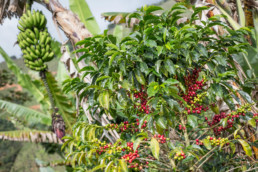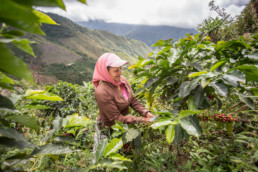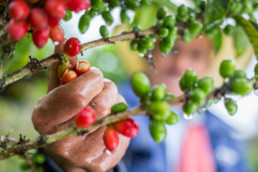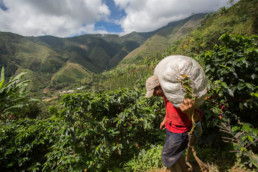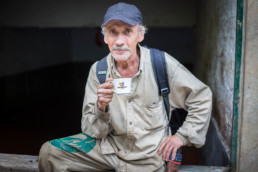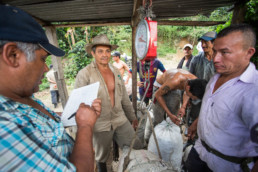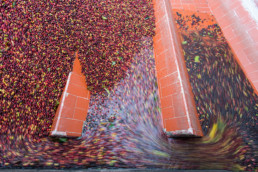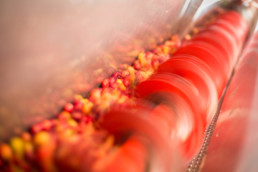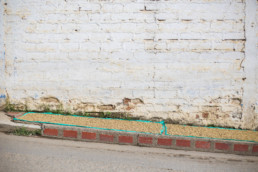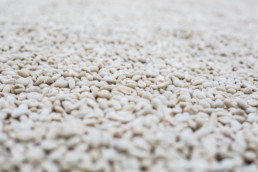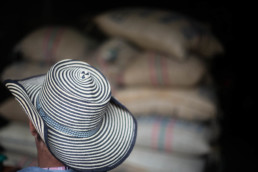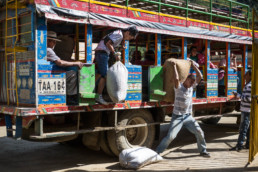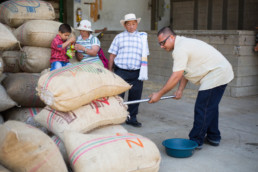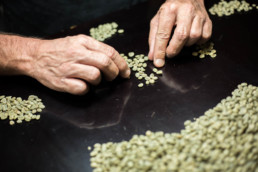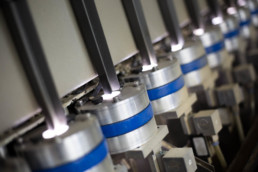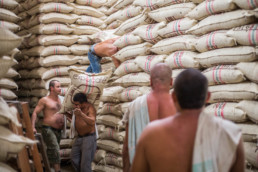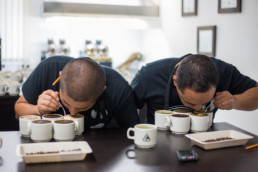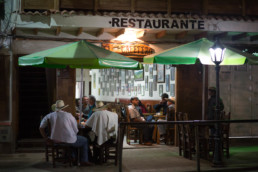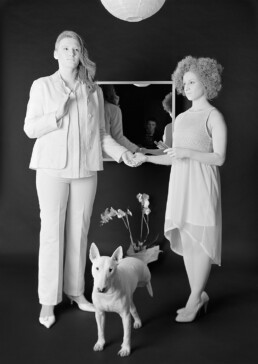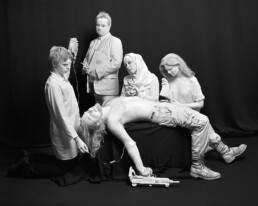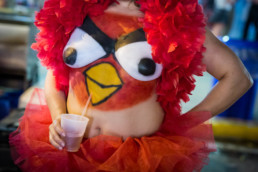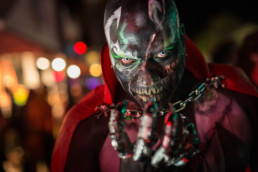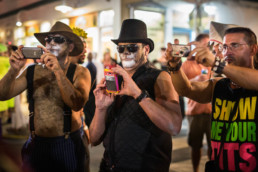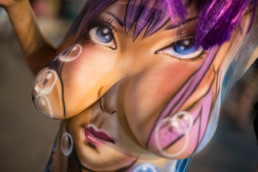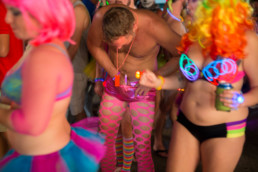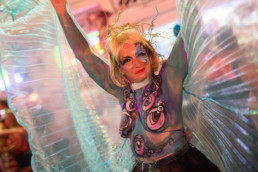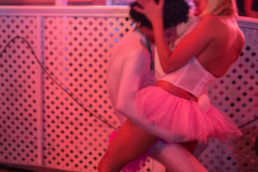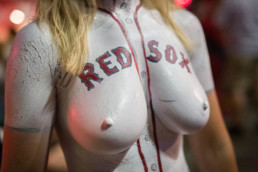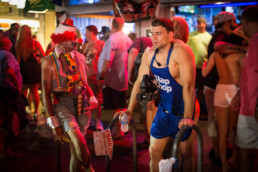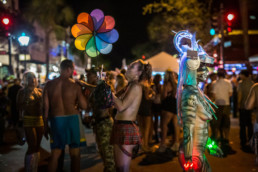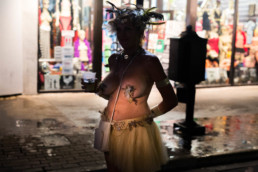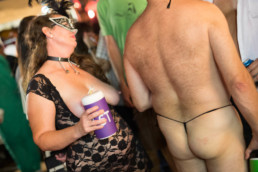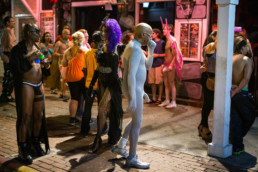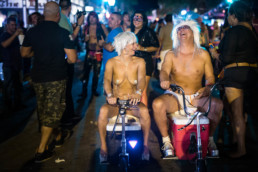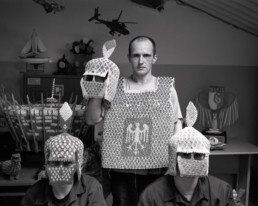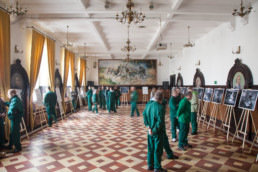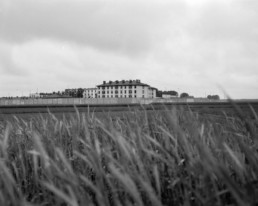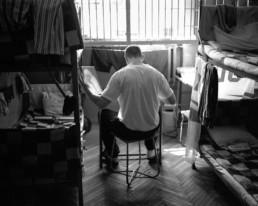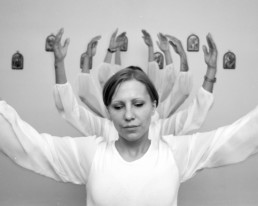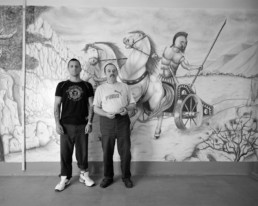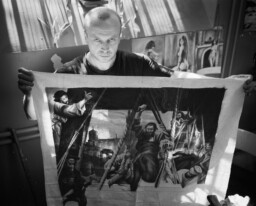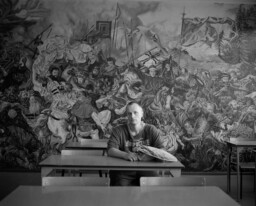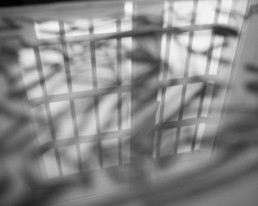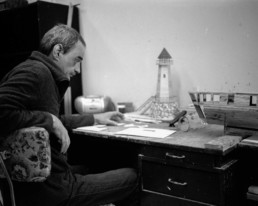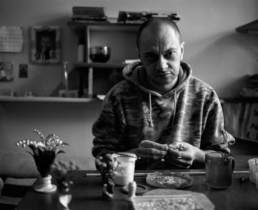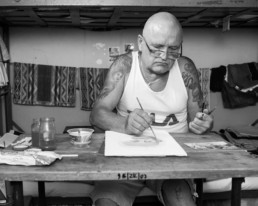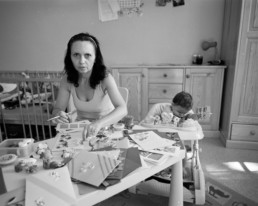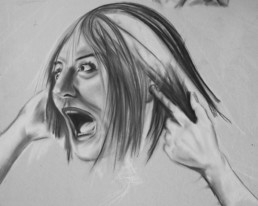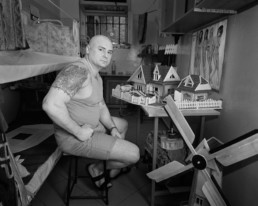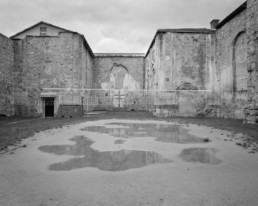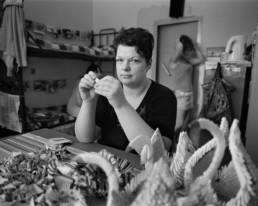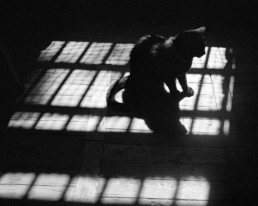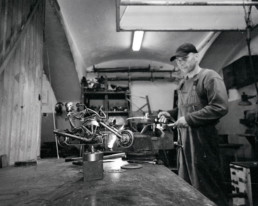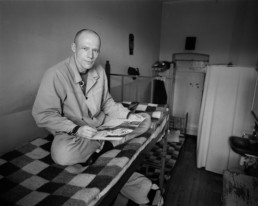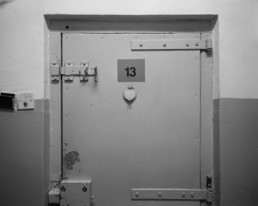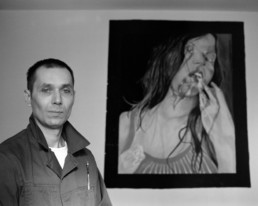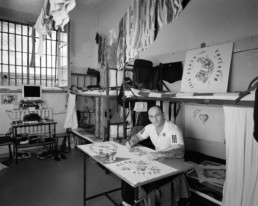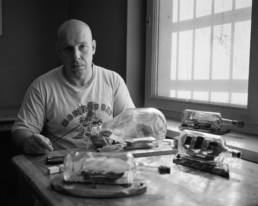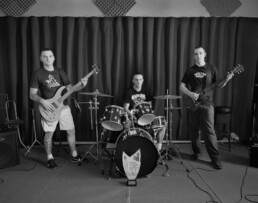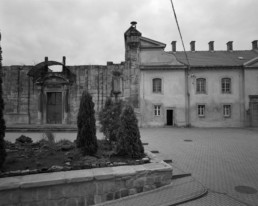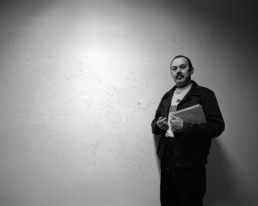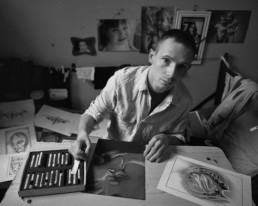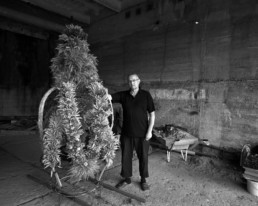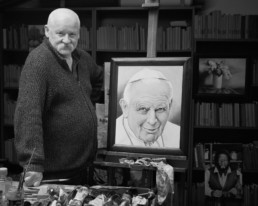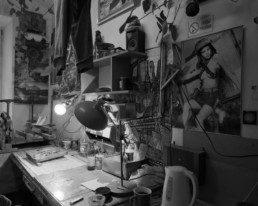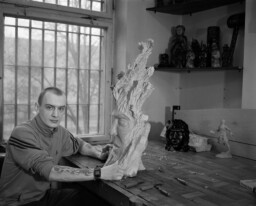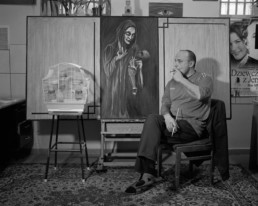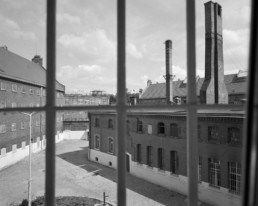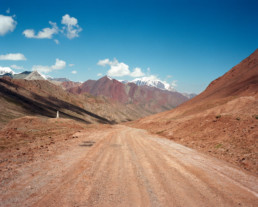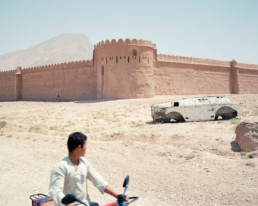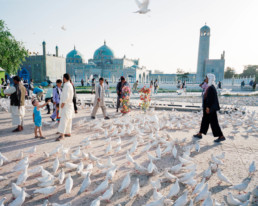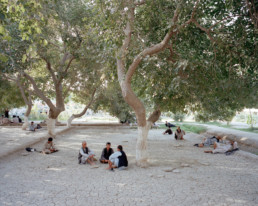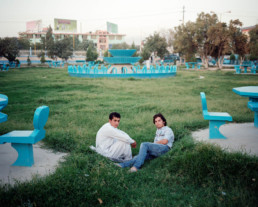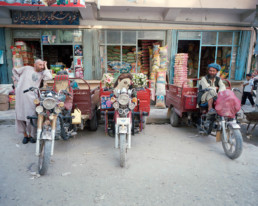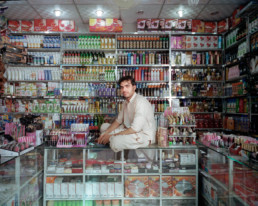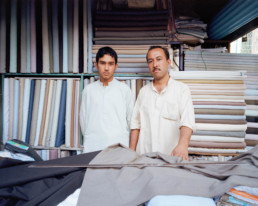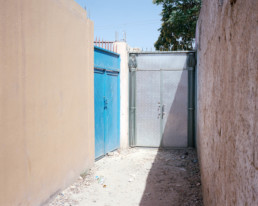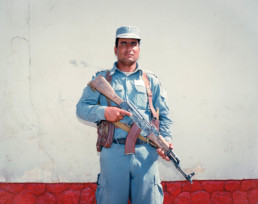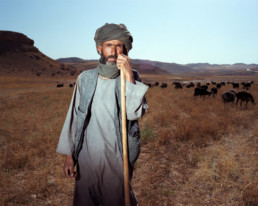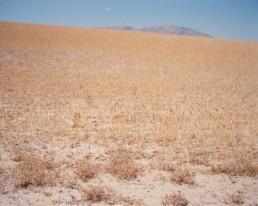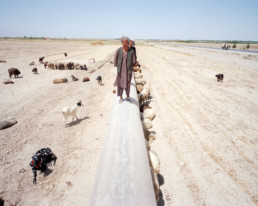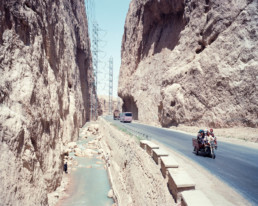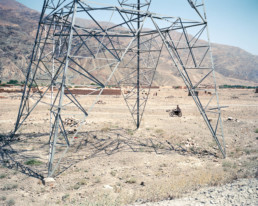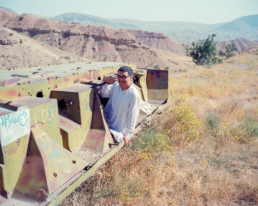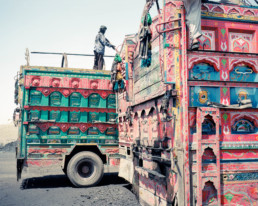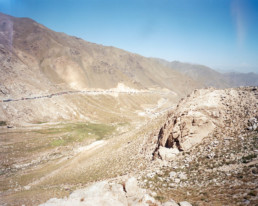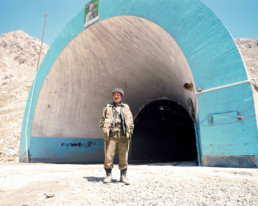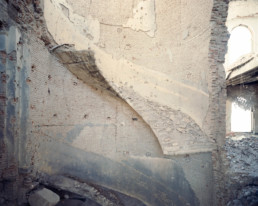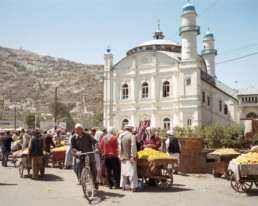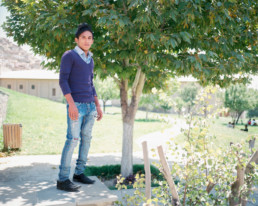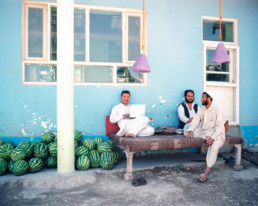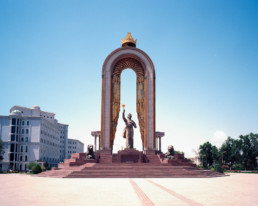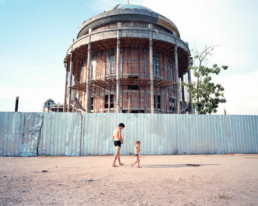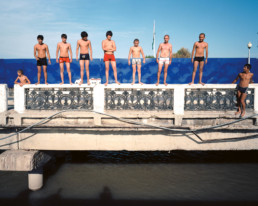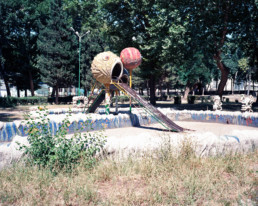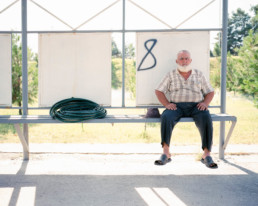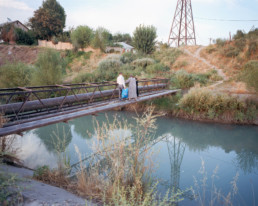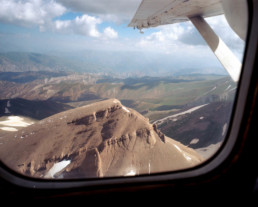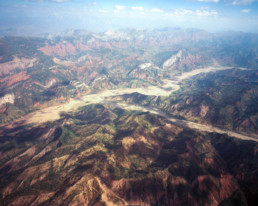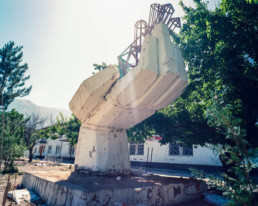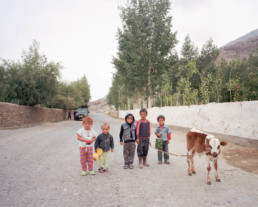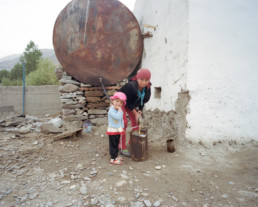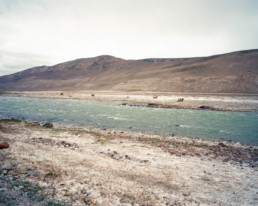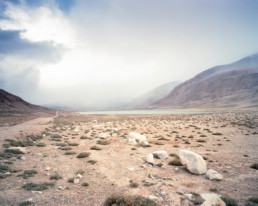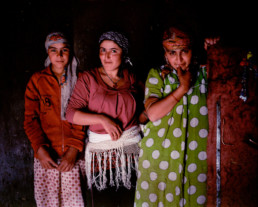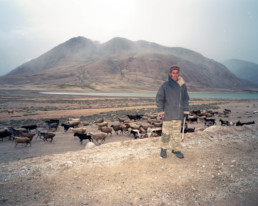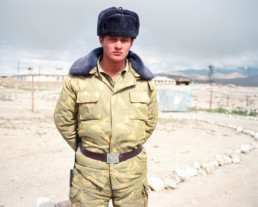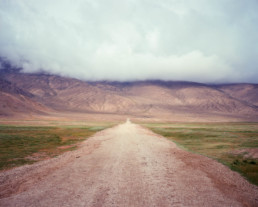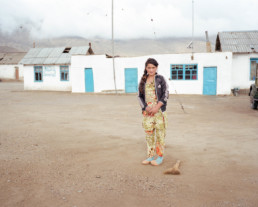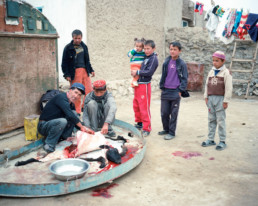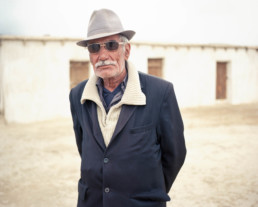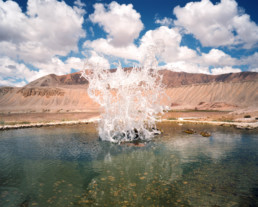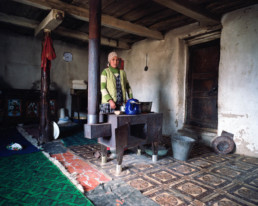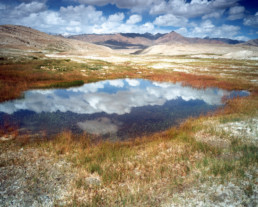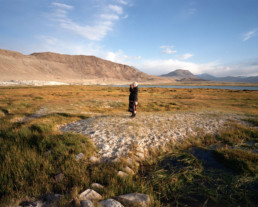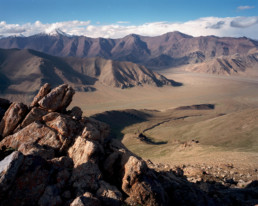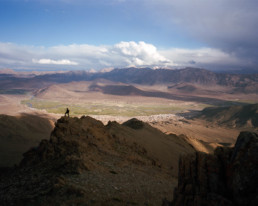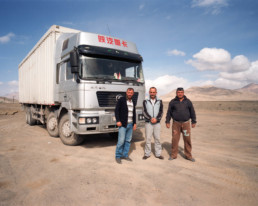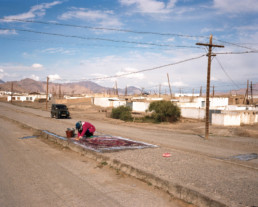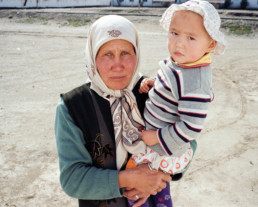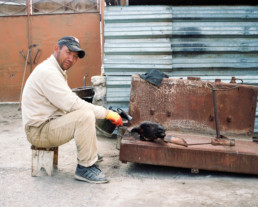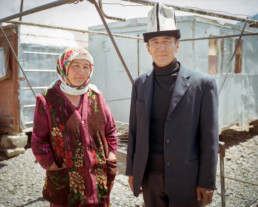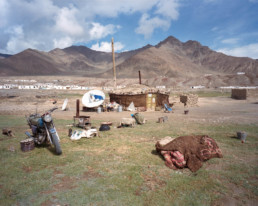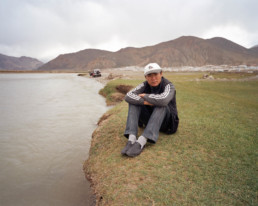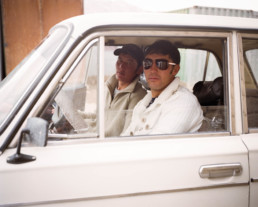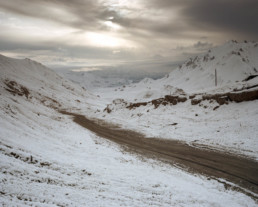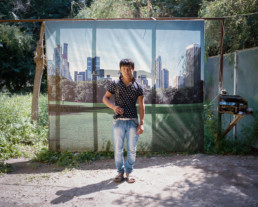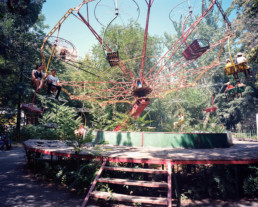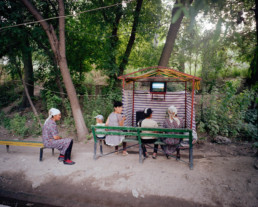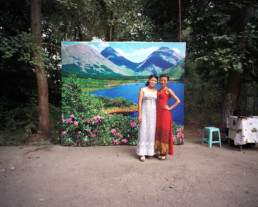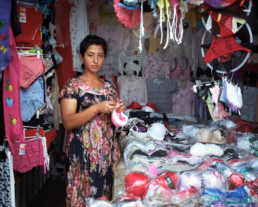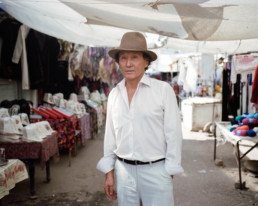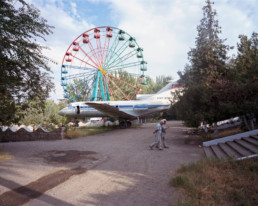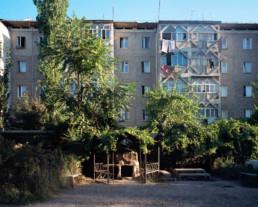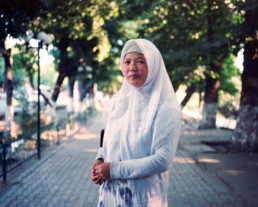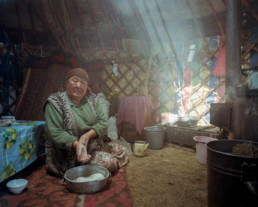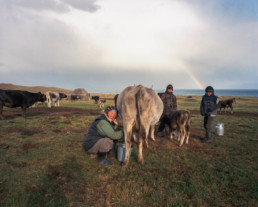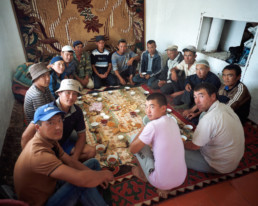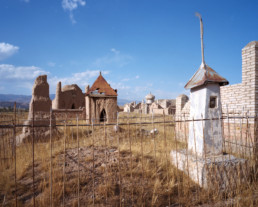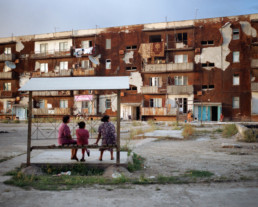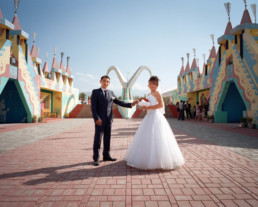New Home
New place. Different reality. Strangers.
The emigration I dreamt of was exhausting me.
Back in my native land I was very distressed. Nationalism, conservatism, envy, homophobia – I couldn’t stand the social standards that surrounded me. I wanted a better future for myself and my family. Nature played a significant role as well in my desire to move.
In 2007 I was shooting a story for National Geographic in Chamonix. While landing in Geneva I saw a paradise – turquoise lake, a decent city on its bank and Mont Blanc hovering the area. Geneva has become my secret destiny.
In 2018 my Wife made it possible. Being an incredibly savvy businesswoman she found a job in Geneva. We decided to take the leap.
Back in Poland we were pretty comfortable. Own apartment and low rents to pay. Parents and nanny to help out with the kids. Long-term clients supporting my freelancing profession. In Geneva we were starting from zero.
After moving in there was little to no time for appreciating the area. My wife worked around the clock. The atmosphere at her work was far from friendly. The kids were small and there were no places in public kindergarten. There was no options to send them to private, because after moving from Poland even apples seemed expensive for us – let alone private kindergarten for 200,- CHF a day. Nannies were also out of our budget.
I became house man. Which was a huge hit to my ego.
—
The photographs in the series show moments when the world around me was visually representing what I felt at this very moment.
Geneva, Switzerland. 2020.
Master of Arts in Photography
The “New Home” Series became my practical work for Master of Arts in Photography degree at the Institute of Creative Photography on the Silesian University in Opava, Czech Republic (itf.cz).
The promotor of my work was Prof. PhDr. Vladimír Birgus – the founder of the Institute, which is regarded one of the best schools in Central Europe.
The title of my theoretical work was: “Fashion Photography in the 1960’s in Poland”. I examined the condition of a photography genre which seemed completely opposite to the then existing political order.
I received the Masters degree with Honours.
Colossus
“I called him Colossus” – told me Tomasz Górnicki right after completing his gigantic sculpture. He had been constructing pieces of it in his backyard for a year. It took him a week to set it up on a building.
Poland. 2018.
The Book
The book is meant to be a visual experience of the sculpting process. The cover of the book is made of the same steel, as the statue. It’s not only heavy, but it makes hands of the viewer coloured by rust.
On the front cover there is an outlined etched out by water, which depicts the first lines Tomasz drew while designing the sculpture.
Vanishing Heritage
The architecture of castles and palaces of Kłodzko Valley
Kłodzko Valley, Poland. 2017
Lower Silesia, including Kotlina Kłodzka – the patrimony of the photographer – is an area with the largest number of castles, palaces and mansions in Europe. In the times of communism, these castles were taken away from the owners illegally. They were, however maintained by state agencies in very good condition. When in the 90s Communism gave way to capitalism, a difficult period for these extraordinary buildings came. These facilities were either sold to illegal investors or were abandoned – and fell into decay. Many stories can be created around these castles and palaces. These can be about the legitimate heirs who can not retrieve the ownership. About the homeless who live in abandoned palaces. Or about the everyday of the natives living in the shadow of decaying monuments.
The idea behind the cycle is to show the problem from a different side. From the side of the castles themselves. Sophisticated details of decoration and decaying beautiful interiors – they are directly witnessing countless human stories and the victims of human action – or omission. Pictures come from a dozen or so castles and palaces lying in the Kłodzko Valley. Part of they are losing their desolation. Some, it would seem, had more luck – they found new owners. Unfortunately, many buyers do not care about saving monuments, but on profiting from the sale of valuable inventory.
Bachelor’s Project
Exhibitions
- Galerie KUPE Opava Architektura ve fotografii polských autorů, 2019
Fallen Ground
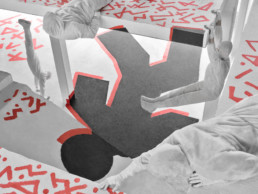
A photography project bringing graffiti art, parkour, street workout and motion picture together (click photo above for full view).
Note, April 2020. This photo seems to earn a new meaning in the times of the present pandemic…
In collaboration with Red Bull Photography and Pentax. The project was featured on the homepage of global Red Bull site for a week.
Incredible BTS movie shot by Deli Films. (I wasn’t a very good actor, it was my first appearance and I exaggerated by far. But I still think it’s an amazing movie worth checking out to see the tremendous work everybody did for this photo to emerge).
It would not be possible to create that piece without great commitment of the following athletes:
- Kamil Słomkowski – www.parkourwarszawa.pl
- Michał Radomyski – www.kalisteniczny.pl
- Kamil Moczulski
- Bartek Bauer
and the Graffiti Artists:
- Konrad “Koxu” Łukasiak – www.koxuoner.com
- Filip Komorowski – www.be.net/komorowski
The origins of coffee
Antioquia, Colombia. 2015.
“Coffee – to some it causes insomnia, to others – helps make dreams come true” says an old colombian proverb.
For more than half a million Colombians, coffee is the means of survival. For the whole nation – their national identity. The whole world knows, that the colombian coffee is one of the best. Few realize why. Although the origins of coffee are in Ethiopia, colombian climate prove to be the best for its most delicate kind – arabica.
Coffee is cultivated on the altitude of 1200-2000m, where high moisture, frequent rains, constant temperature (15-25 C) and a lot of sunshite create perfect conditions. Furthermore, volcanic soil and shade add up to the specific acidity. Favorable conditions come with price though – steep andean slopes make it impossible to automate the cultivation, as it is in Brazil for example. The whole process of cultivation has to be carried out manually. On one hand this guarantees highest quality possible – on the other – causes murderous work. And the wages are low.
95% of colombian plantations are little family farms, owing no more than few thousand coffee trees. Most of the cultivators do not drink their coffee – they do not know, how to roast it. They sell all their produce and buy instant coffee, which is made of the worst sort of coffee beans – from waste. Slowly, thanks to educational programmes, the scene is changing – which still improves the quality of colombian coffee. For an average Colombian it does not matter though. Best coffee beans are exported from Colombia. Internally only the worst sort of beans are sold.
But this is slowly changing as well.
Transgrafia
A personal commentary to contemporary social issues through classical paintings.
The project was possible thanks to the great cooperation with the actors of the Technical University of Warsaw theatre: Aleksandra Waszczuk, Aleksandra Rebizant, Paulina Bujnowska, Piotr Pawluk, Abdul Żur, Agata Mucha, Marta Utratna, Katarzyna Pięta, Tadeuszy Grygo, Andrzej Mazurak, Anna Wierzchołowska.
Fantasy Fest
Key West, Florida, USA. 2014
In late October each year, Key West in Florida is changing its face from a little tourist hotspot to a hot nude arena.
Prison Art
Poland. 2011-2014.
How do people deprived of freedom cope with the overwhelming monotony of prison life? Many turn to handicraft. Some of them make real art. Time is the one element prisoners have in abundance. Materials and tools are another matter however. Even though artistic development classes can be a key means of prisoner re-socialization, penitentiary officials spend hardly any budget on it. So prisoners have to organize everything for themselves. Only the most dedicated persevere.
Most inmates have had nothing to do with handicraft in their civilian lives. They pick it up behind bars out of boredom. Some discover real talents.
But there are also graduates of fine-art universities, professional designers, musicians and writers.
“I had published marine photos all around the world in prestigious magazines. Now I create fish sculptures from medical tongue dispensers” – Krystian.
Drawing and painting are the most popular forms of prison art. Intricately decorated wooden boxes are also one of the oldest forms of artistic expression.
“I draw portraits from photos of girlfriends and wives and exchange them for coffee and tobacco. Other prisoners do this to obtain phone-cards so they can call their loved ones on the outside. But I have no one to call ” – Łukasz.
“I donate all my paintings to charity. In honor of my daughter. She had heart problems and died when she was 4” – Jerzy.
For some prisoners doing handicraft is a way of killing time. For others – it fulfills an inner need to express themselves. For most of them – it’s a form of currency.
Most prison work is distributed among prisoners in exchange for other goods. Some is also bought by prison staff. Little known by society – art created in prison often ends up in charities. Perhaps in some way this helps make up for the prisoners’ bad deeds of the past. Surprisingly most prisoners engaged in art express the problem of a lack of time. Some spend entire days working on pieces. All of them agree that focusing on art allows them to get away from the brutal reality of prison.
“14 years is actually not a long time. You get so used to the rhythm of the prison day it’s actually hard to find time to write a letter to the family” – Daniel.
“I started painting 6 months ago. I have 12 more years to go. I suspect that when I’m finally released I’ll have quite a portfolio to show off” – Jerzy.
“But the younger ones – they don’t want to learn anymore. They’re just interested in drugs and computer games. They’re completely unprepared to go back into societal life” – Marek.
Some long-term prisoners and therapists I talked to agree that 20-30 years ago the scene looked different. In every cell at least one person was doing art. Now there are hardly 5 or 6 people in the entire prison.
“I’ve been working in prisons for 19 years and can see very clearly, that prison art is becoming a thing of the past” – sums up Jan, a prison therapist.
I spent 3 years, visited 37 polish prisons, spoke and photographed 107 inmates to gather the material seen in Prison Art.
Support
- Scholarchip from the Minister of Culture and National Heritage
- Patronage of the General Director of Penitentiary Services
The Aftermath
The idea after having finished the project was to organize exhibitions within the prisons. This was meant to give the people from the outside possibility to enter penitentiaries and see the exhibition in places, where the photos were created. And allow prisoners to see, that there is a way to creatively occupy time while serving their sentence.
Below you can see few photos from such exhibitions.
Premiere of Prison Art at the Rakowiecka Penitentiary – 2014.04.10
Click image to see more photos
M41 - Portrait of the Heart of Asia
Portrait of the Heart of Asia
Central Asia. 2012.
Afghanistan, Uzbekistan, Tajikistan and Kyrgyzstan – the Heart of Asia.
Several ethnic groups mercilessly mixed up living in each other’s countries. The Tajiks, related to Persians, live in Afghanistan and Uzbekistan. Kyrgyz people, divided by a border from their northern brothers, the Kazachs, make up the majority in eastern Tajikistan. Uzbeks living in southern Kyrgyzstan leave no peace to their hosts.
This is one of Stalin’s legacies. The way he designed the region ensured that it would regularly be shaken by inter-ethnic violence. When he drew lines on a map to form new Soviet republics in the 1920s he created minorities that were bound to make them unstable. With the collapse of communism the notional internal borders of the USSR became real international borders, which exacerbated the difficulties of minorities caught on the wrong side of the lines.
The history of the region itself is a never ending plot of wars, conquests and falls of emperors. From Alexander the Great through the audacious Genghis Khan, Tamerlan, and Babur, to the British and Russian invasions. And most recently the presence of international security forces. All connected by one – the M41.
It begins on a crossroad in the middle of the desert, near Mazar-i Sharif in Afghanistan and ends close to Bishkek in Kyrgyzstan. Along the way it cuts through Uzbekistan and loses itself for a long while on the sub-celestial highlands of Pamir in Gorno-Badakhshan, an autonomous republic in Tajikistan.

